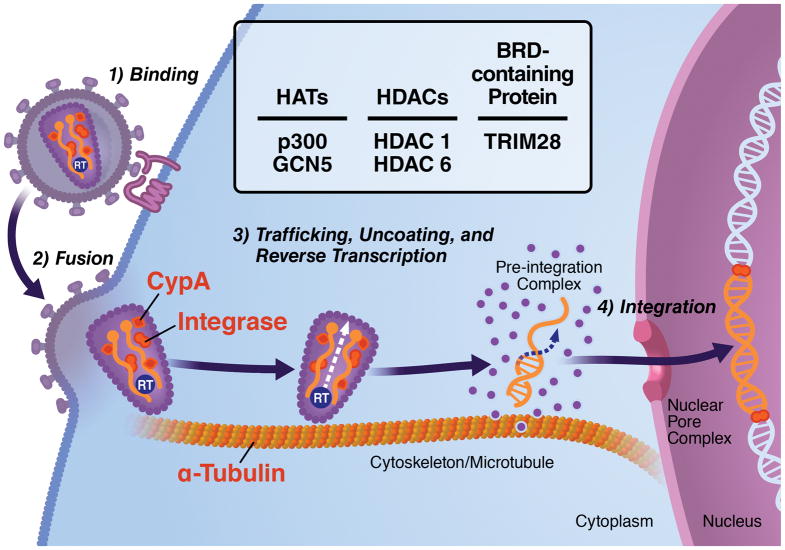Figure 3. The role of reversible protein acetylation in early HIV infection.
The different steps of the early stages of the HIV life cycle are depicted with viral (integrase) and host (cyclophilin A (CypA) and α-tubulin) factors regulated by acetylation depicted in red. Engagement of HIV envelope protein gp120 with its host receptor CD4 induces α-tubulin acetylation and microtubule stabilization, a process required for successful fusion of the virus to the cell. Overexpression of HDAC6, which decreases α-tubulin acetylation, impairs virus–cell fusion and subsequent infection. Cellular CypA, a peptidylprolyl isomerase, is packaged into budding virions and regulates early steps of infection. Acetylation of CypA impairs its catalytic activity and disrupts its interaction with the HIV gag protein. The viral integrase enzyme is critical for the integration of proviral double-stranded cDNA into the host chromatin. Acetylation of the integrase enzyme by p300 enhances its affinity to genomic DNA and its strand transfer activity. It also recruits bromodomain-containing protein TRIM28 and its associated HDAC1 activity.

